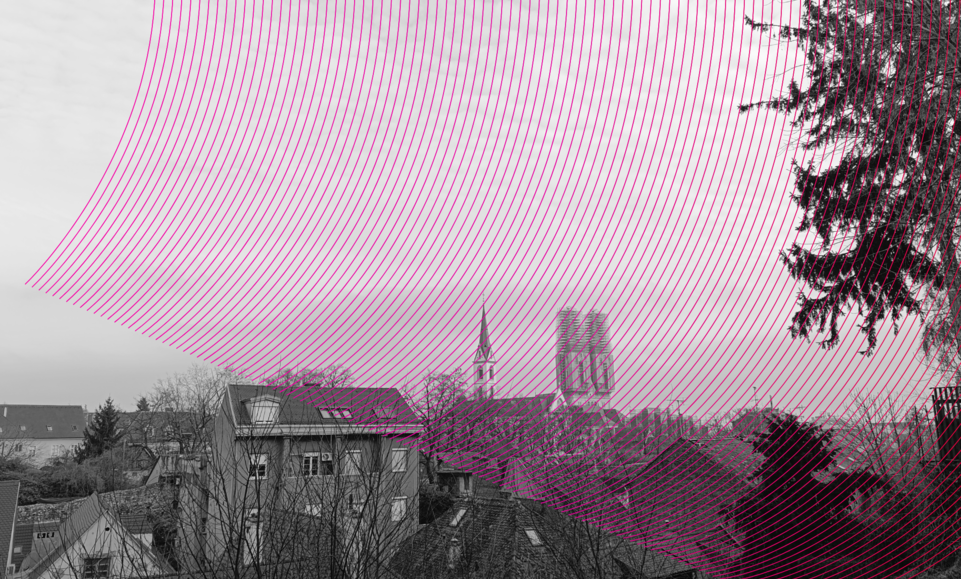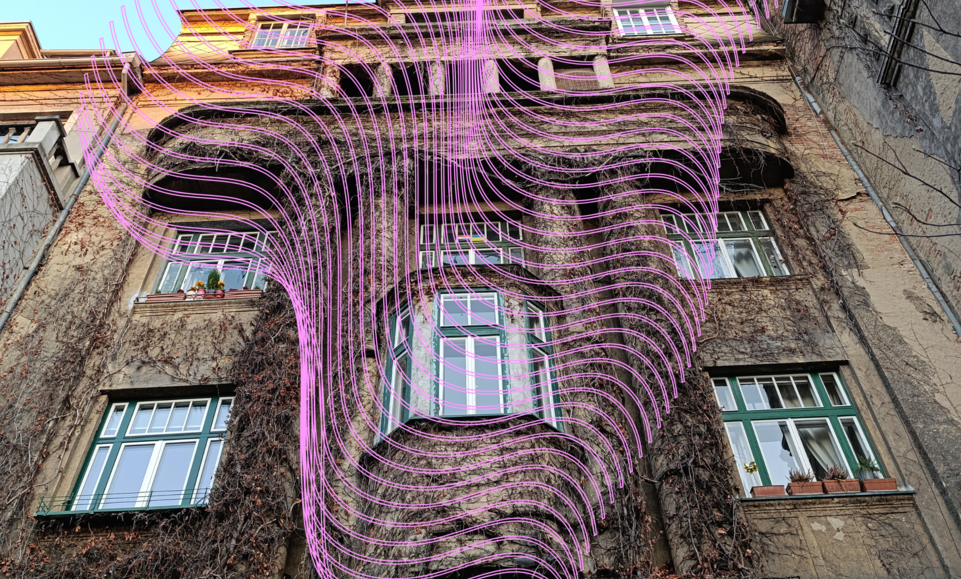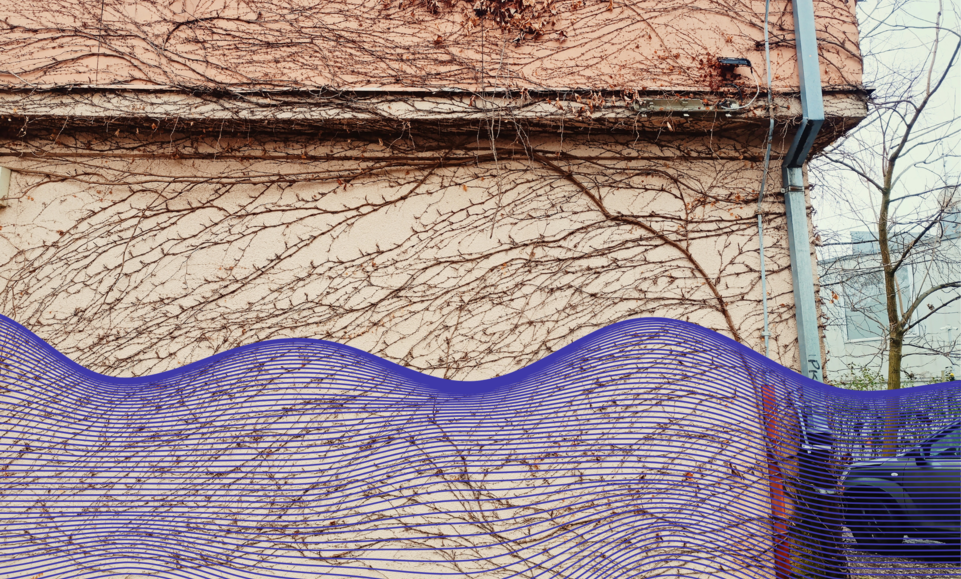The second week in Zagreb was exciting. Even though it’s still a new city for me, I’ve started to feel surprisingly very at ease here, as if I’ve known it for much longer. The weather getting warmer helped, the sunlight making the wandering around the city even more inviting.
For me, residencies have a way of helping refocus on my work and myself. In the everyday chaos of maintaining a practice back home, I sometimes lose track of where I’m going. Here, with fewer distractions, it’s easier to return to drawing, planning, and reflecting. Through the program, I am finding myself inspired by the different models of organizing cultural spaces, how they function, who runs them, and what makes them sustainable. It’s impossible not to think about how some of these ideas could translate to Prishtina, where the need for spaces and initiatives feels almost urgent.
One of the visits this week was to Atelje na Ribnjaku. In a private apartment shared by five artists, I met Hana, Zorana, Tara, and Petra. The apartment, a working space that felt lived-in and alive with ideas. They’ve only been there for three months, but they’re already holding monthly workshops and thinking about the future—maybe even turning it into a legal organization.
Hearing about their plans reminded me of my search for a studio space in Prishtina and the countless obstacles that come with that. It was reassuring to see how others are making it work, even on a small scale. The way they talked about expanding and formalizing their initiative made me think about what it takes to turn a space into something lasting. As we met with more cultural workers and curators, it was interesting to see how artists in Zagreb navigate the same issues: how to secure space, how to fund projects, how to stay independent without becoming isolated.
We also visited the KUCCA curatorial collective, where we met Klara Petrović and Luja Šimunović. There is something about seeing a younger generation of curators and cultural workers finding their footing that resonates more with me. Maybe it’s because, as an emerging artist myself, I relate more to the struggles of starting and staying afloat. Their approach focused on young and emerging artists felt especially meaningful. What struck me was their small but inviting space and their ability to keep things running. At Ilica 73 we visited Studio-Galerija Klet and Smak Press who turned a former garage into a space for pop-up shows, hybrid events, and printing projects that was both ambitious and practical. I loved the mix of art books, zines, and prints.
Hearing that they managed to organize around 40 activities in their first year was impressive. It’s the kind of proof that small initiatives can have an impact, how a community can build something meaningful even with limited resources. But the reality behind both Kucca and Klet’s space was also clear: most of these spaces depend on private funding or family-owned properties that support these initiatives.
On the other hand, being a city-owned property, Atelijeri Žitnjak, located in what used to be an abandoned school on the outskirts of the city, with its studio spaces and a gallery. The mix of artists, mostly from an older generation, gave the place a certain exclusivity. It reminded me of a project I heard a few years ago that was supposed to happen in Prishtina, a plan to turn an abandoned building into studios for artists. It never materialized, and even if it had, it probably wouldn’t have included a younger generation of artists like me. Seeing Atelijeri Žitnjak open up a residency space, though, gave the idea that these structures aren’t always fixed and can open to new artists. On another note, I also revisited the Museum of Contemporary Art in Zagreb, a reminder of how much a city’s art scene depends on both institutions and independent initiatives. I couldn’t help but think about how much Prishtina needs something similar and it’s exciting to see plans of it on the way. The slide on the way out was also fun!
What most of these spaces seem to have in common is that they pay for rent, rely on private owners, or have some kind of family support. The issue of funding and sustainability hits close to home. The reality is that without some kind of public support, most independent spaces are constantly at risk. My own experience of trying to maintain a space in Prishtina ended quickly, not because of a lack of ideas, but because of the simple inability to afford it. This is why seeing so many collective initiatives was inspiring. Art/curatorial collectives aren’t as common in Prishtina, but maybe they need to be. When resources are scarce, collectivity might be a way forward.
What I thought would be a slow-paced residency is quickly turning into something much more intense, especially with the idea of doing a pop-up show in the last week. Every visit, every conversation is a kind of mapping exercise of how spaces can work, of what’s missing, of what could be.



